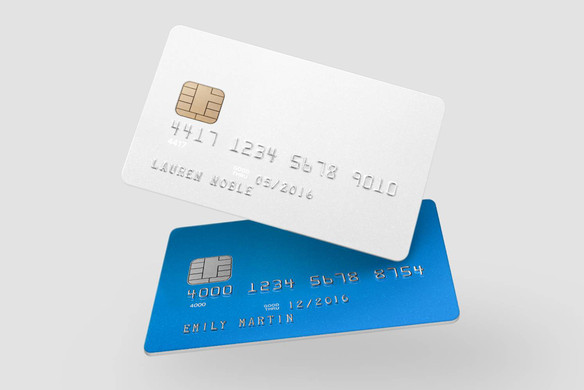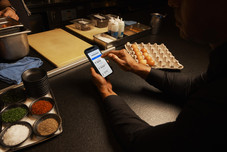Table of contents
It’s not been a banner few years for credit card security. High-profile breaches dominated the news. The good news is that as a result, security is top of mind for the industry, and newer, safer payment technologies — things like EMV and contactless payments — are being fast-tracked.
Major technology shifts like this often leave small businesses behind. But we’re here to make sure that doesn’t happen. We have affordable solutions to make sure local sellers can safely take any type of payment. We’re also here to make sure you’re in the know about all the changes well before they affect you. We’ll be regularly publishing articles on Town Square to keep you informed.
We’ll start with a primer on all the payments buzzwords right now (we’ll be going more in depth with each of these topics in the coming months). Here are explanations of the top digital payment technologies you’ve probably been hearing some chatter about:
Apple Pay
Apple Pay is arguably the buzziest topic in payments right now. If you’ve stood in the checkout line at Whole Foods or Walgreens lately (or any of these stores), you may have noticed people holding up their iPhone to pay. They’re likely using Apple Pay, which is Apple’s mobile payments service. Basically, Apple Pay takes your credit card info (from a photo you take), encrypts it, programs it into your phone, and lets you pay for stuff via Apple fingerprint ID and NFC technology (which we explain below). Our new Square contactless and chip reader accepts Apple Pay. Get yours here.
NFC/contactless payments
It’s Apple Pay that has put NFC and contactless payments in the limelight. Contactless, or NFC (near field communication), payments require no physical contact between the buyer’s payment device (like a mobile phone or a credit card) and the POS terminal. Apple Pay transactions, for example, are contactless payments, as are many credit card transactions in Canada and Australia.
What makes NFC and contactless payments so attractive is that they’re both safe and convenient. Because they’re encrypted through something called tokenization, they’re a lot more secure than magnetic-stripe transactions. But they’re also way faster (you just tap) than EMV and magstripe transactions, which we explain below.
Magnetic-stripe cards
Magstripe cards are what we all use now. And in short, they’re not ideal. The problem is they’re extremely outdated — like 40 years outdated. To give you an idea of just how antiquated they are, magnetic cards use the exact same technology as cassette tapes. They’re also easy to clone (and counterfeit), can leak buyers’ identities, and create poor experiences. (That’s why Square securely encrypts all data to protect buyers and sellers.) The U.S. is phasing out magstripe cards in favor of more secure options, like NFC and EMV payments.
EMV/chip cards
EMV® — developed and managed by American Express, Discover, JCB, Mastercard, UnionPay, and Visa — will soon become the technological standard for credit card processing in the U.S. In practice, what EMV describes is a transaction between a chip-enabled credit card (as opposed to a magnetic-stripe-only card) and an EMV-ready point-of-sale (POS) terminal or ATM. EMV cards, also known as “chip cards” or “smart cards,” are way harder to counterfeit than magnetic-stripe cards. The payment information on chip cards is stored on a secure chip that authenticates the card by talking back and forth in real time with the payment terminal.
It’s not new technology, but it’s tried and true. EMV has been the standard for the majority of the world for years, helping to significantly reduce in-store fraud in those areas.
The switch to EMV affects small businesses because you’ll need a new reader to be able to accept the new cards. Unfortunately, most of the solutions on the market right now are really expensive — and clunky (seriously, they look like the calculators you might have used in high school). But Square’s is different. It’s compact and looks sleek on your countertop. You can order yours here.
Liability shift
As a small-business owner, you’ll soon be hearing a lot of buzz around this term. In October 2015, something called the “liability shift” is going to go down. Here’s what that means: Currently, if you run a fraudulent card, the banks eat the cost. But starting in October, if someone pays with a fraudulent EMV/chip card, and you don’t have a processing device that can read chip cards and instead process that payment using the magnetic stripe on the EMV/chip card, then you could be liable for that fraudulent charge. (If someone pays with a fraudulent magnetic-stripe-only card, you’re still fine.)
Learn more about how Square payment processing and our fee structure works.
![]()











